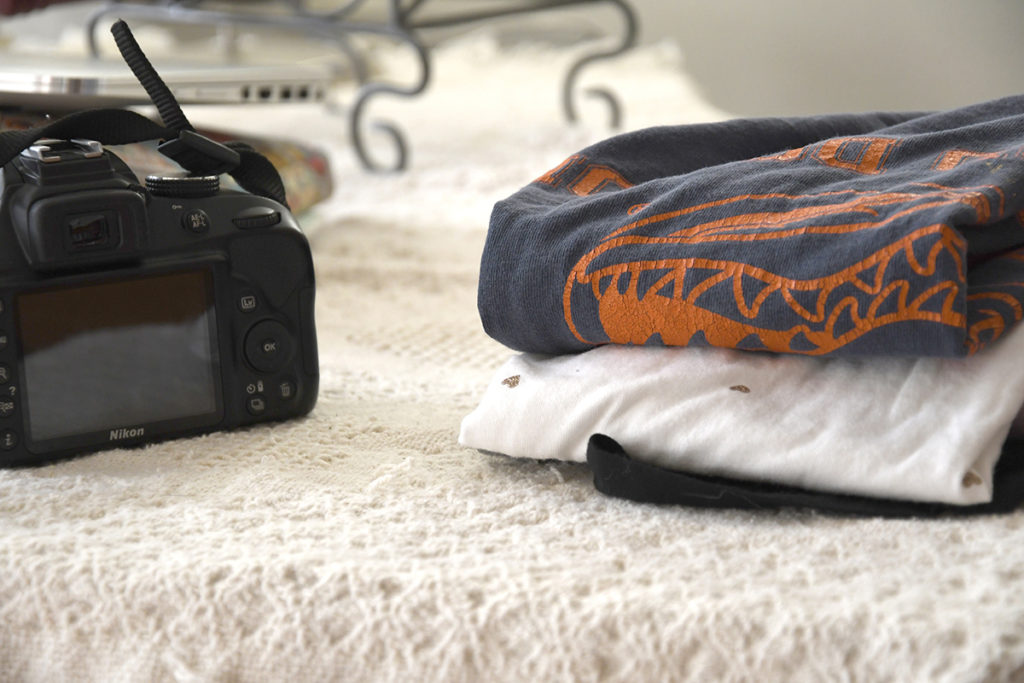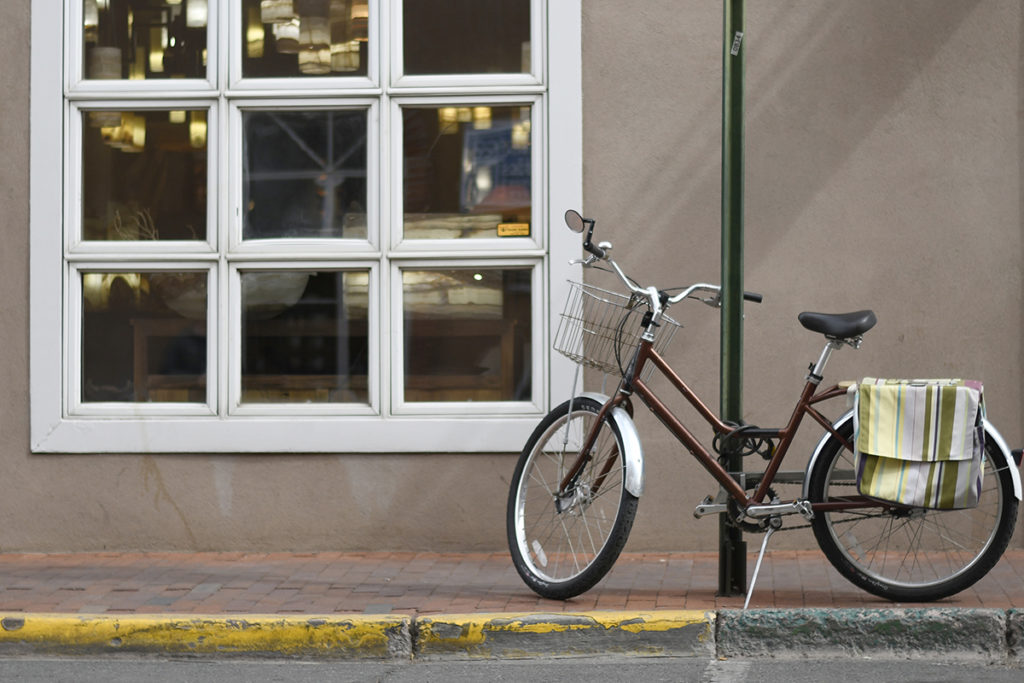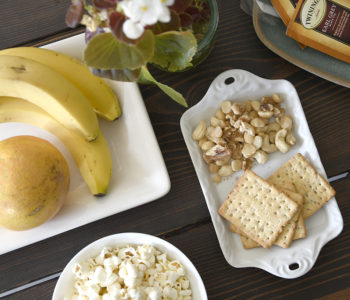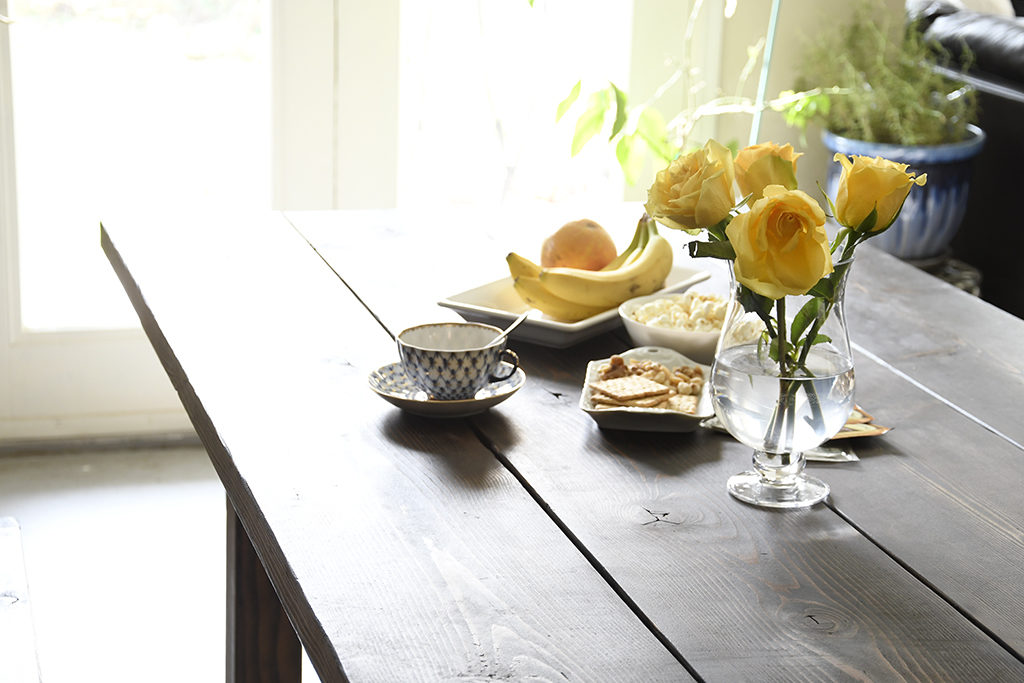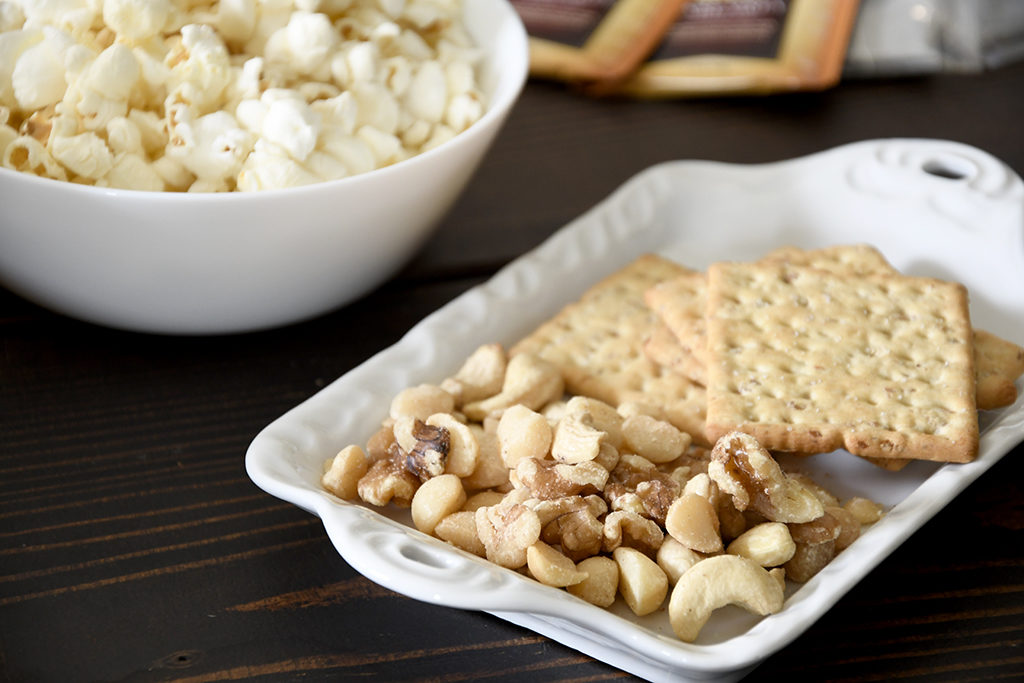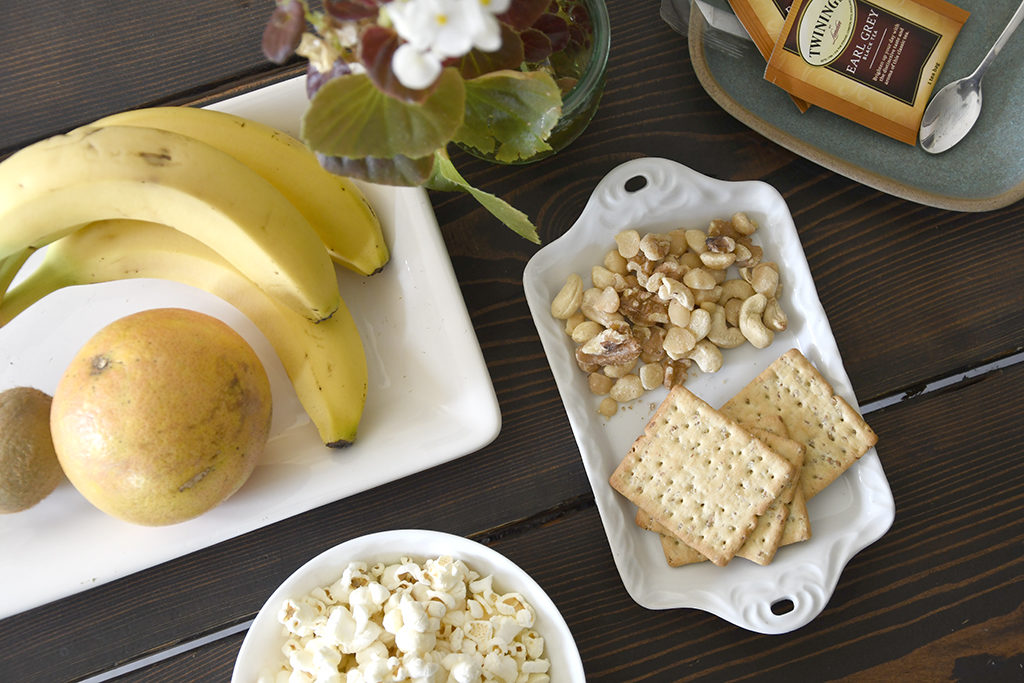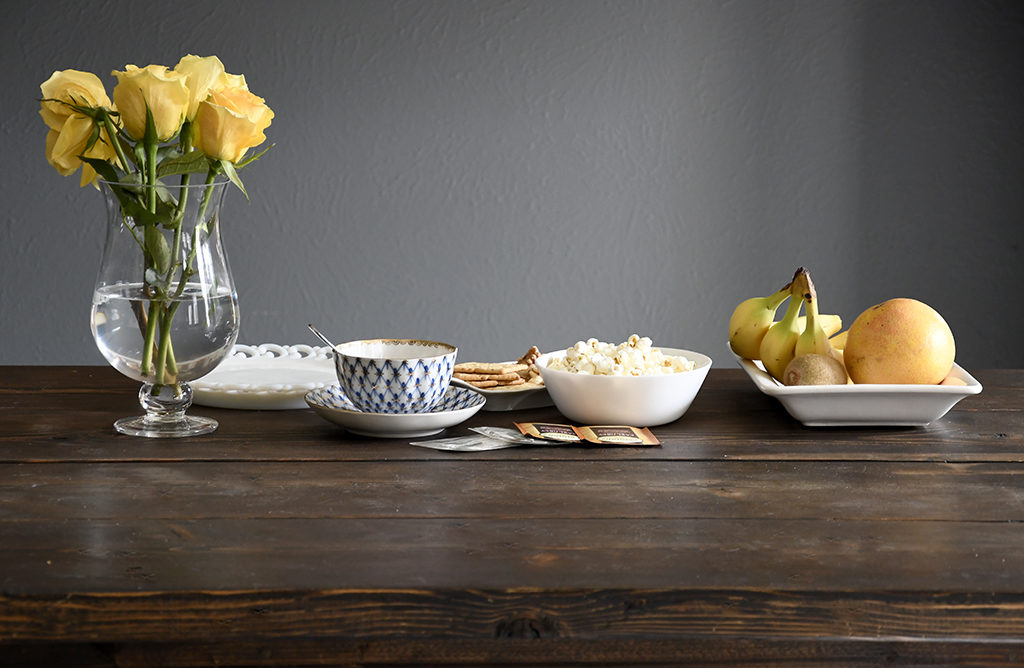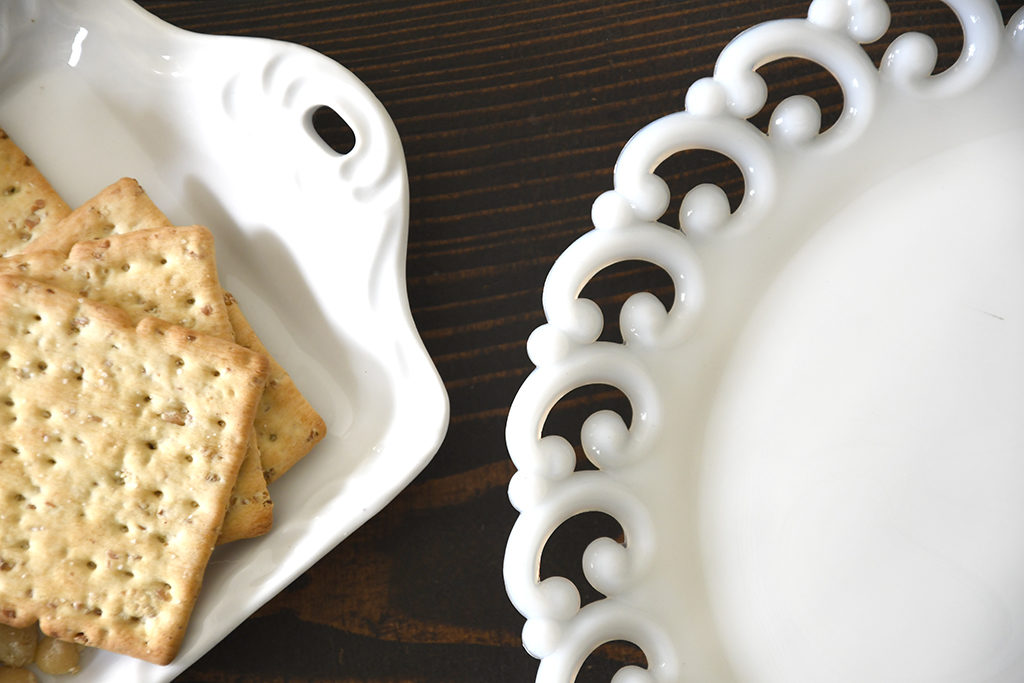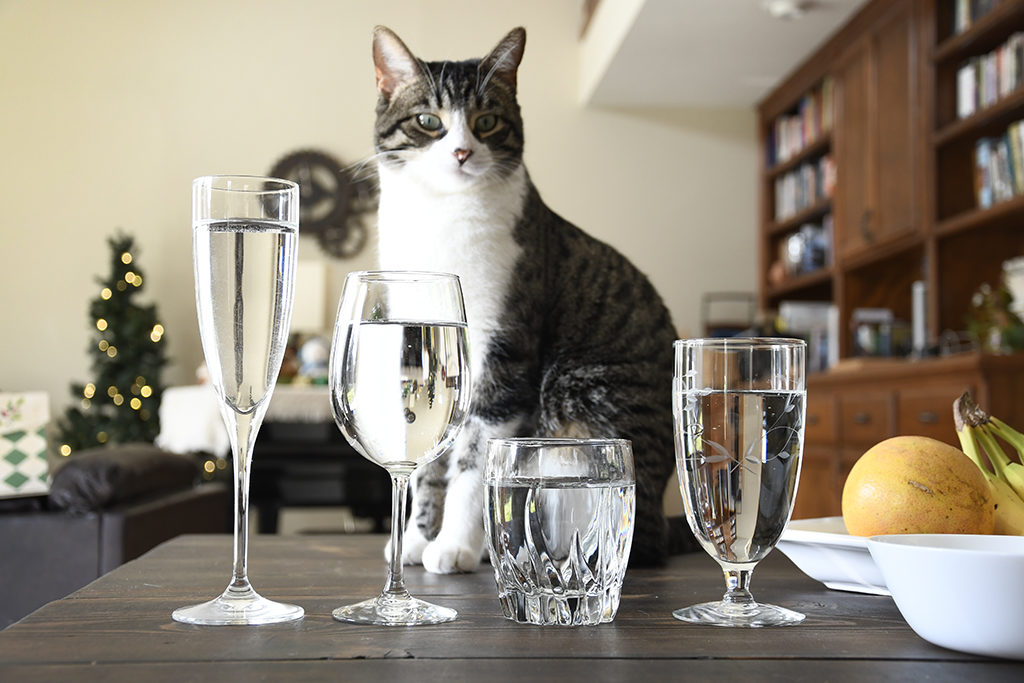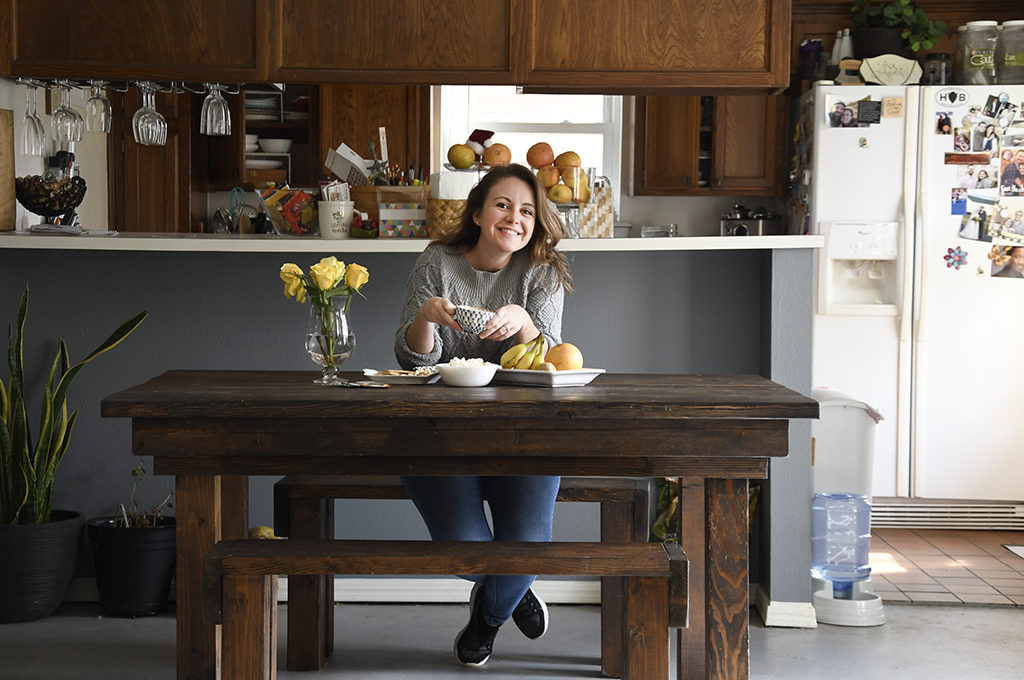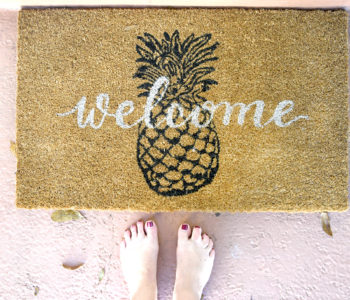
Basics #4: Give your Full Attention
For my birthday last year, my sister invited me down to Houston for a concert and some quality time with her and her husband. I slipped away from Oklahoma for the weekend, driving my little Honda the seven hours south to their home not far from the Johnson Space Center.
Sarah always knows how to make me feel welcome. She’ll dash out the front door to steal the first hug in the driveway. She makes these great hand-drawn cartoon welcome banners for guests, and she had a new one taped to the door just for me. By my bed there was a basket full of my favorite junk food and pretty soap, and a lush little bouquet of fresh flowers with a birthday-welcome-glad-you’re-here note.
I loved every bit of it.
It was already late by the time I arrived, so we agreed to a chai tea latte date just the two of us the next morning, petted Zelda, and said our goodnights.
Different people need different attention
If you have ever read The Five Love Languages by Gary Chapman, you know what I mean when I say Gifts are my love language, and Sarah was hitting all my love language buttons.
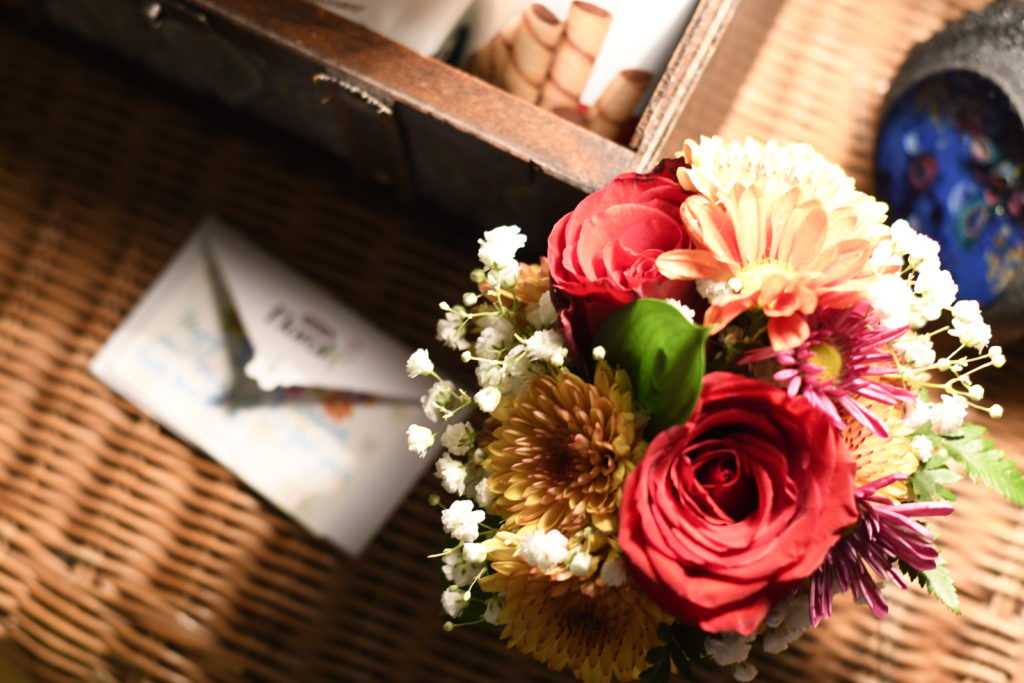
Quality Time is Sarah’s love language. Lattes just the two of us was exactly what she wanted, latte not required. Over the years, I have learned so much from her about what it means to make the time “quality.” I’ve learned from her because she’s been open with me about the times I have messed it up. I’m thankful she told me, because being honest when we’re hurt keeps it real and keeps us close. More than being in the same room, or even participating in the same conversation, quality time often comes down to this element of setting the time aside from all other distractions and obligations, so we have our full attention to give.
Dr. Chapman says the three other love languages are Acts of Service, Physical Touch, and Words of Affirmation.
Gifts. Quality Time. Acts of Service. Physical Touch. Words of Affirmation.
All five love languages are ways we can give attention, individually or in bunches! I bring these up because I believe that understanding how different people receive love best equips us to give them the right kind of attention – the kind that actually makes them feel happy, respected, loved, and connected. I encourage you to find yourself a copy of the book and soak it up! It can improve every single relationship you have.
As we consider how to give our full attention as part of hospitality, keep the five love languages in mind. One person might want a nice long encouraging conversation, another might just relish the cup of tea you served them while they curled up alone with a book. There is no one right way to give attention, but there are a whole lot of really good ways, and probably a best way for each person you know.

The first part of giving your full attention is paying attention
People are different and can be hard to read, but we can often discern their state of mind if we pause a moment to pay attention. As in every other area of hospitality, our objective is to make people feel comfortable and important. By paying attention to how they are acting and what they are saying, we are collecting clues on ways we can meet their immediate needs to be heard, helped, or simply enjoyed. We might pick up that they are excited about something, and so we can celebrate with them in that moment and ask for more details about what’s to come. We might notice they aren’t really finishing their thoughts, so we can ask if they have something on their mind they want to talk about. Whatever is going on in their world, seek first to understand and then to be understood.
Sometimes when you focus on another person, they do all the talking – and that’s ok. They might not have people in their lives who listen to them. Good conversationalists will notice when they’ve been doing most of the talking and turn your questions back on you. It feels so good to spend time with people who pay attention! But even if they don’t get around to asking about you, it’s ok if that time you just got to give them the gift of your listening ear and full attention.
When you’re in a crowd, read the people around you. Who is thrilled to be there? Who is hanging out on the edge of the room trying to escape? Does anyone look lonely? Who looks bored? Who looks lost? Who’s trying to get a word in? These are great questions to ask yourself when you’re in a crowd, because there are things you can do as a host or as a guest to see to the needs of all the different people around you.
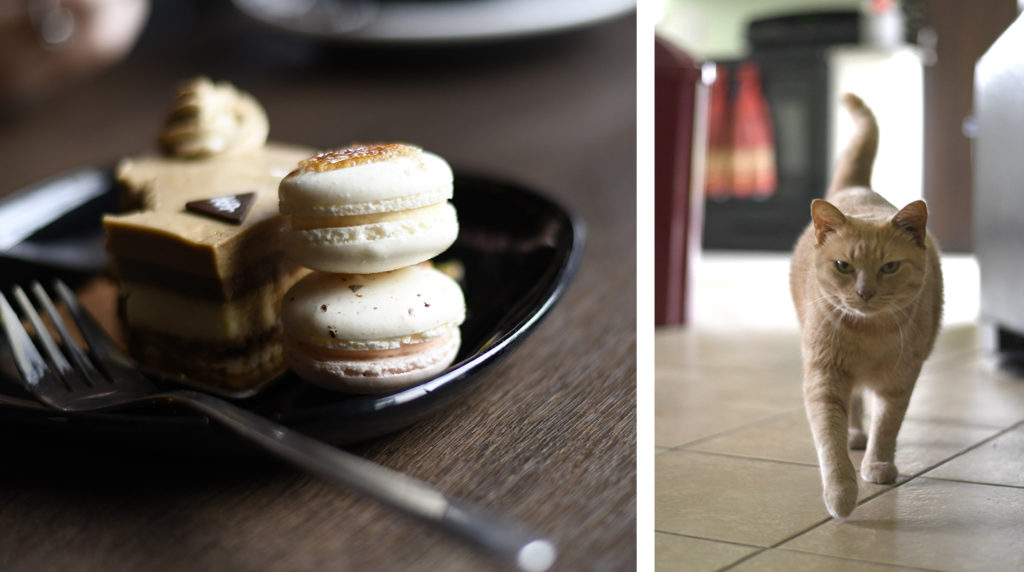
Give Attention that Gives Energy
Full disclosure: I absolutely love personality tests. I know the most about Myers-Briggs, but I’ve taken several others (including the deeply-probing “Which Disney Princess are You” test). While this post will not get into all of that, what I will touch on is a key, practical difference between Extroverts and Introverts that directly affects how we should approach them with hospitality.
Being around people affects their energy levels in completely opposite ways.
For Extroverts, being with a large group of people gives them energy. It revs up their engines, gets their brains firing and their hearts pumping with excitement. At the end of the party, Extroverts are ready for the after-party and are bummed at the idea of going home to a quiet house.
For Introverts, that heart is actually pounding and the idea of that quiet house is all that’s keeping them sane. Being with a big group of people sucks the energy right out of them. They are constantly mentally processing all the stimulus around them, trying to respond appropriately to the people in front of them while simultaneously still pondering an interesting thought from three conversations ago. It’s not that they don’t like people – far from it! But Introverts enjoy people best in smaller doses and quieter environments, where conversation can be more focused, they have the time to communicate a complete thought, and they are with people who can offer a thoughtful response.
The Extrovert / Introvert dynamic lies on a spectrum, so people will have milder and stronger reactions to the same environment based on where they fall on that line, on any given day. The thing worth remembering here is to pay attention to how the people around you are reacting to the current environment, so you can make little adjustments that make them comfortable.
Get your Extroverts around more people and soak up the new ideas created by the synergy. Give your Introverts more small-group or one-on-one time where they have the space to open up and share all the wonderful things going on in their heads.
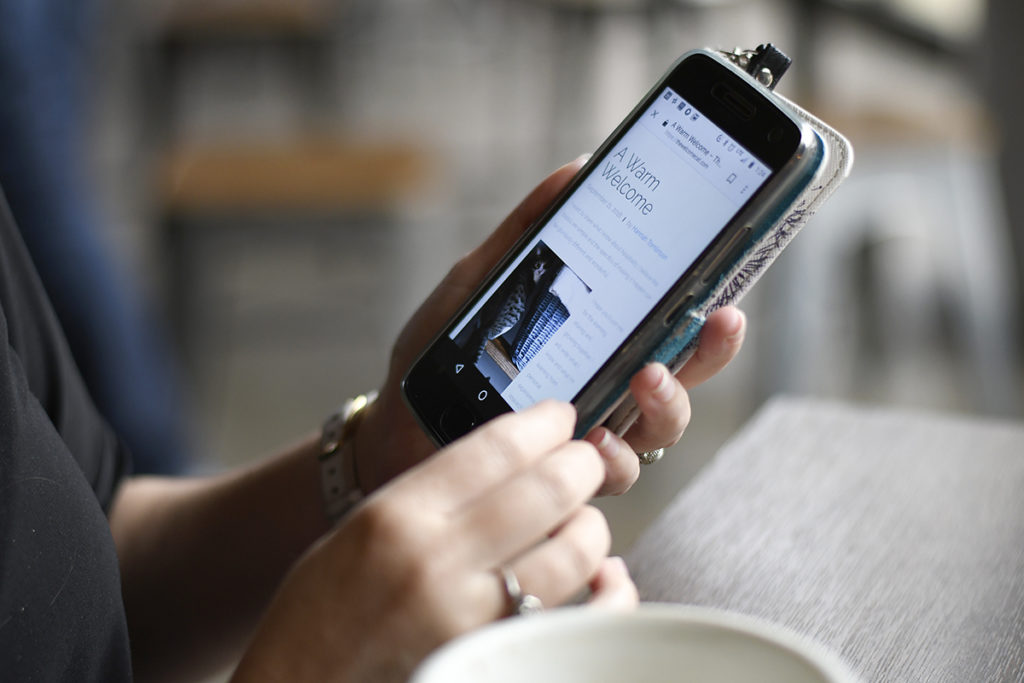
Minimize Distractions
Face time or phone time, anytime you have a chance to connect with another human you are far more likely to give your full attention when you have minimized distractions. These will be different for everyone, because people are distracted by different things, but definitely consider these:
- Turn off the TV.
- Put the phone on silent and leave it somewhere out of sight. With the tablet.
- Get away from clutter. (Move the pile or move yourself outside!)
- Shut the laptop.
- Decide you will finish thinking about all that other stuff later.
- Eat or drink something so you’re not hungry or thirsty.
You know what distractions you need to remove so that you can focus on the people in front of you. Do it for them, and do it for you!
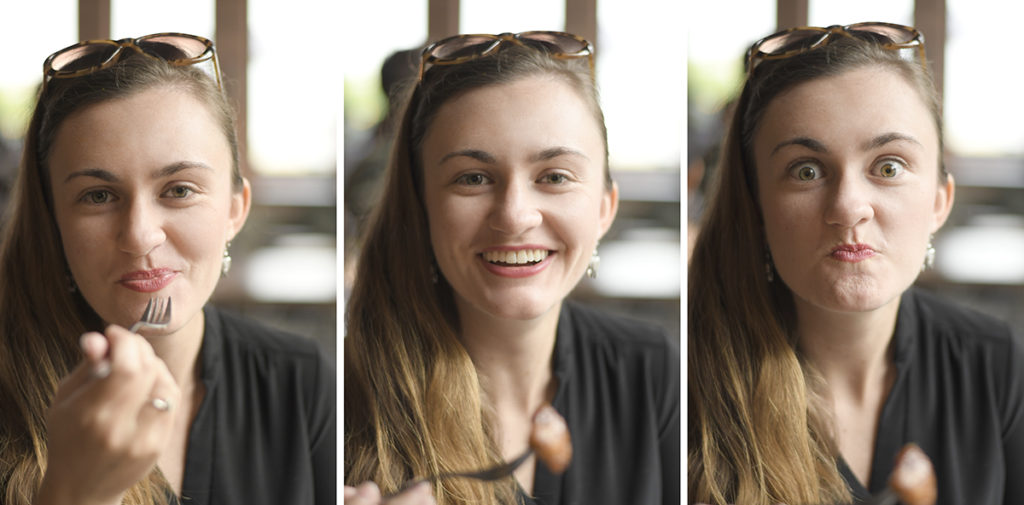
How To Know If You’re Giving Your Full Attention
There are a couple ways you can check yourself on this fundamental habit of hospitality.
In conversation, eye contact comes first. It’s basic body language that indicates what is most important to a person in that moment. If you have done your due diligence to remove distractions, the person speaking should be the easy object of your gaze. In addition to showing people they are important to you, putting your eyes on the person you’re with provides you with a lot of good information that will help you anticipate their needs and respond well to whatever they are saying – or not saying.
Another great way to show you’re paying attention is to ask good questions. This is also called active listening. Nods and “uh huhs” aren’t going to cut it.
Suppose your friend just shared a duck story, or something interesting she learned in history class, or news from mom. An engaged mind wants to know more, and the best way to get more information is to ask questions. What happened to that other duck? Did the textbook say anything about how the music of the 1920s influenced fashion? Is mom going to quit her job now that she won the lottery?
Paying attention and responding appropriately to the people around you is a huge part of successful hospitality. Sometimes, getting someone out of a conversation is the greatest gift you can give! And you knew it would be… because you were paying attention.
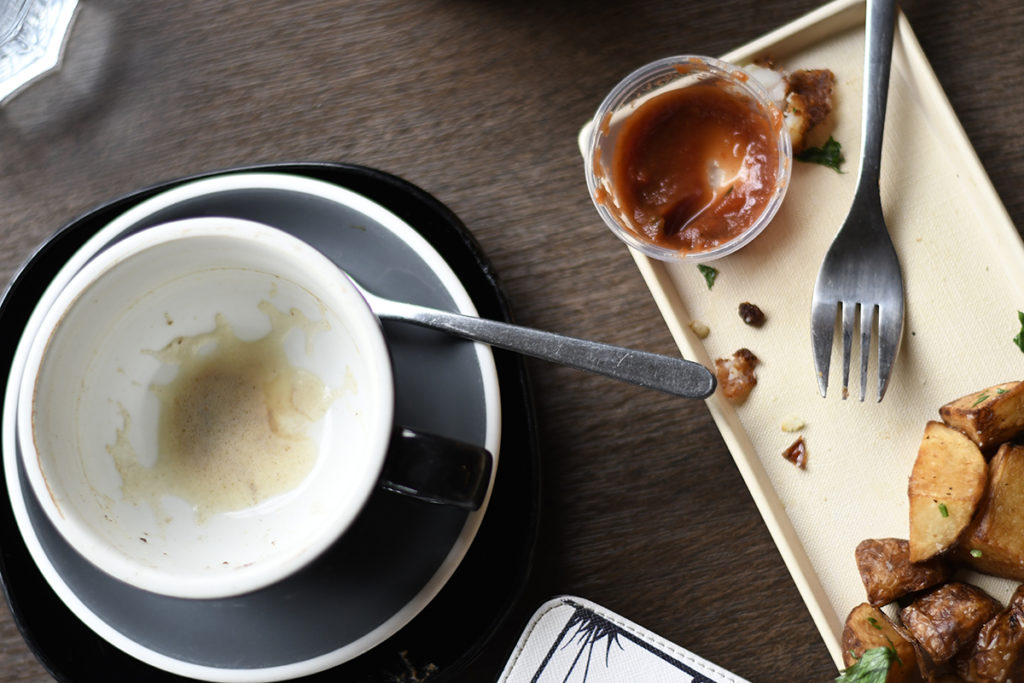
Practice giving your full attention
I think it’s so funny but so true – people usually won’t remember in detail the things we say or do, but they will remember how we made them feel. With any relationship worth keeping, or worth growing, knowing what communicates love to a person is one of the best care-and-maintenance tools we have. I encourage you to check out the book, The Five Love Languages by Gary Chapman, but even before you get your hands on a copy, consider those five love languages as five different ways to give your full attention to the people you know and the people you meet.
Gifts. Quality Time. Acts of Service. Physical Touch. Words of Affirmation.
All five can be put to work for a single person in a very short period of time.
Sarah and I did get lattes that next morning along with a random delicious potato appetizer and a plate of items containing first ingredient sugar. The food was my treat, a gift. She brought our drinks to the table, a kind act of service. We sat there chatting about everything and nothing, husbands and blogs, which was good quality time with plenty of words of affirmation mixed in. We locked arms as we walked back to her car.
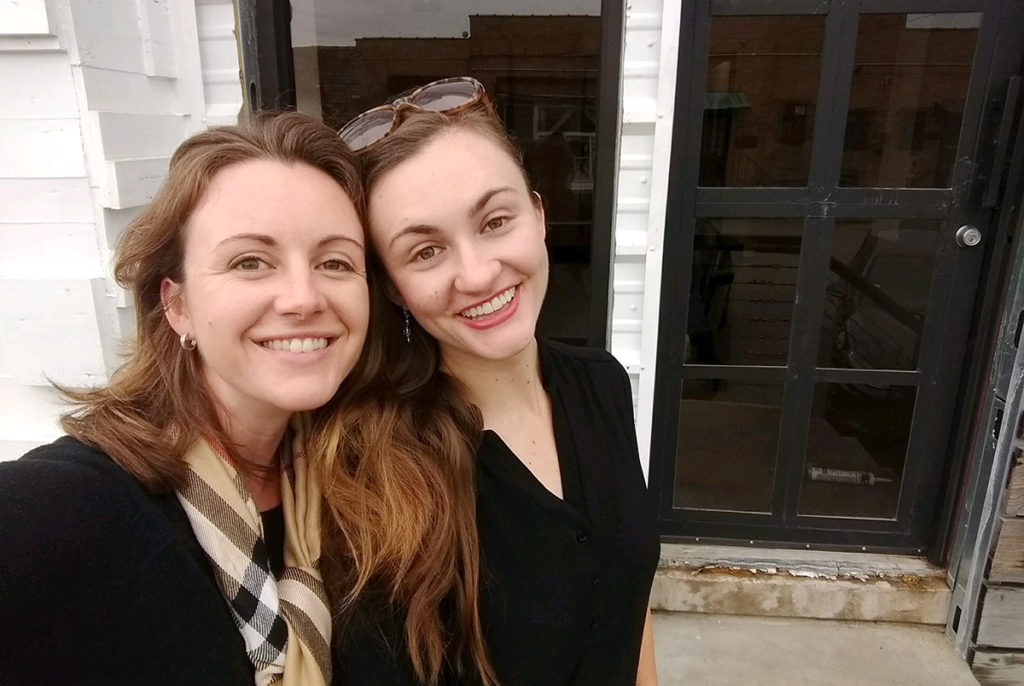
Think about the people closest to you. What do you think their main love language might be? Try all five, and pay attention. You might be amazed at the difference it makes.

Is this your first foray into Hospitality Basics? There’s more ready for you! Check these out…



